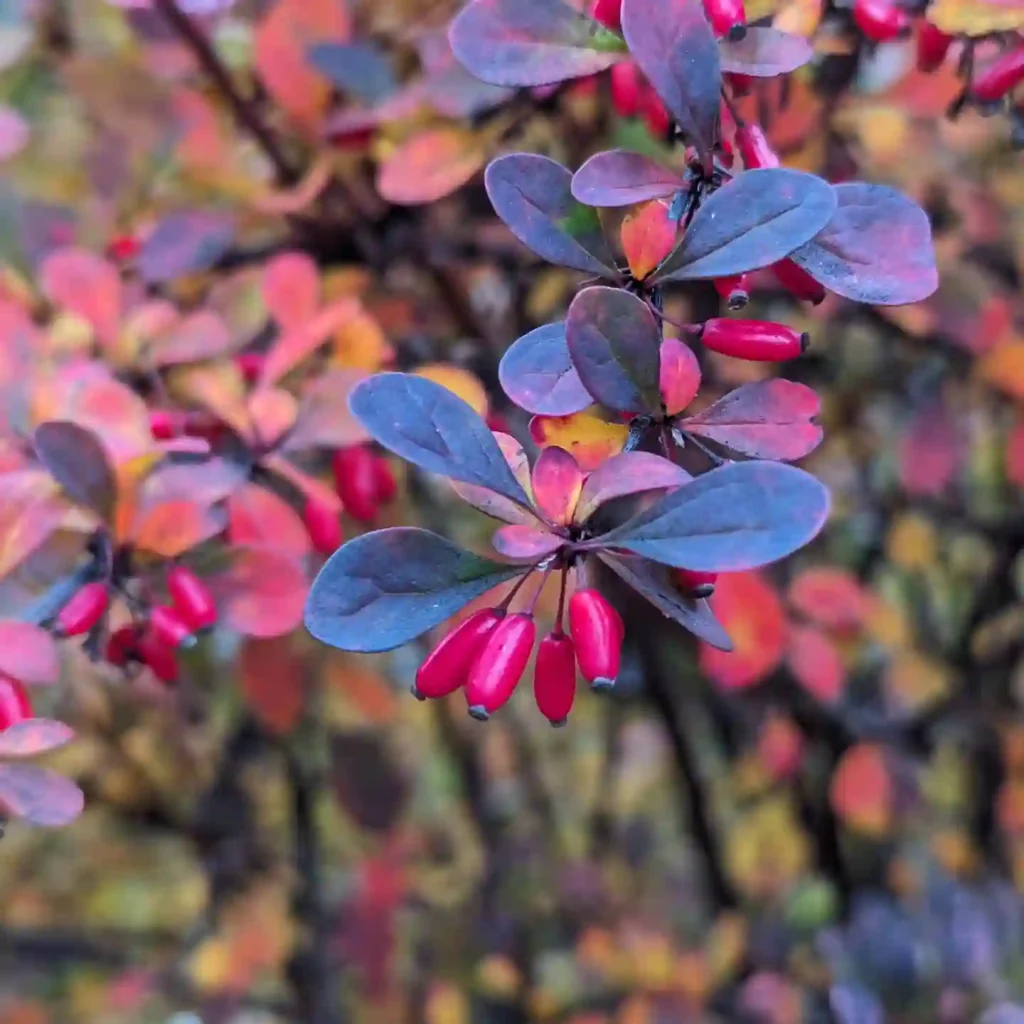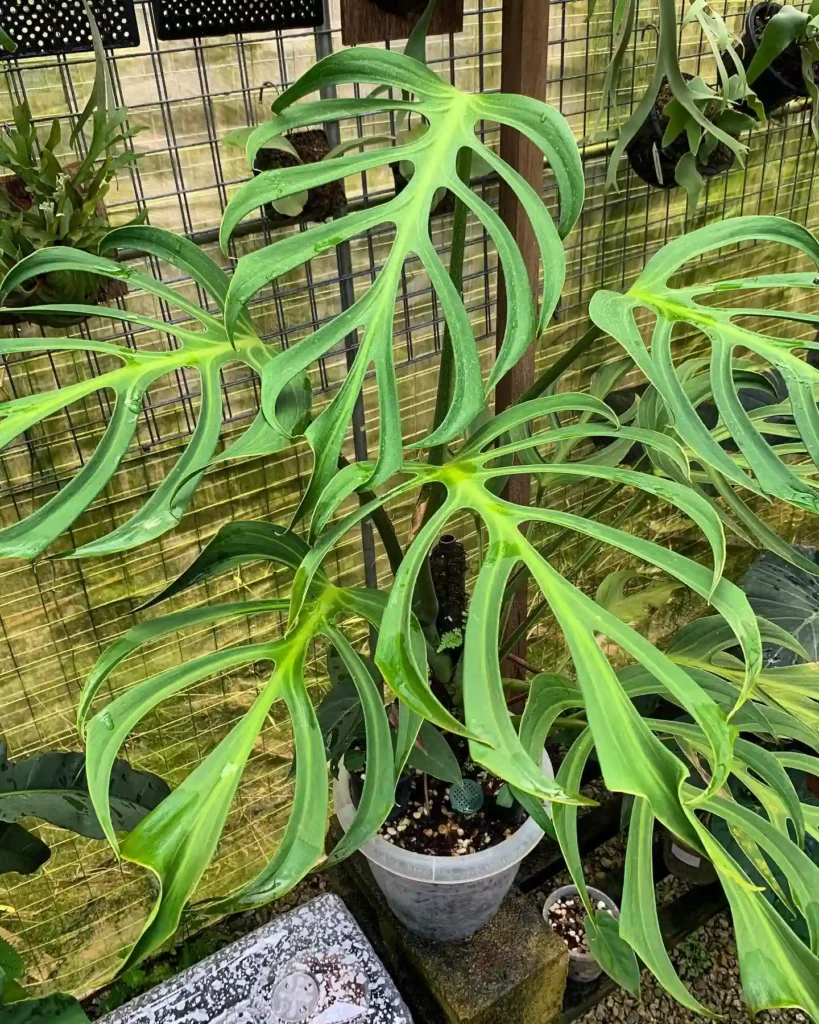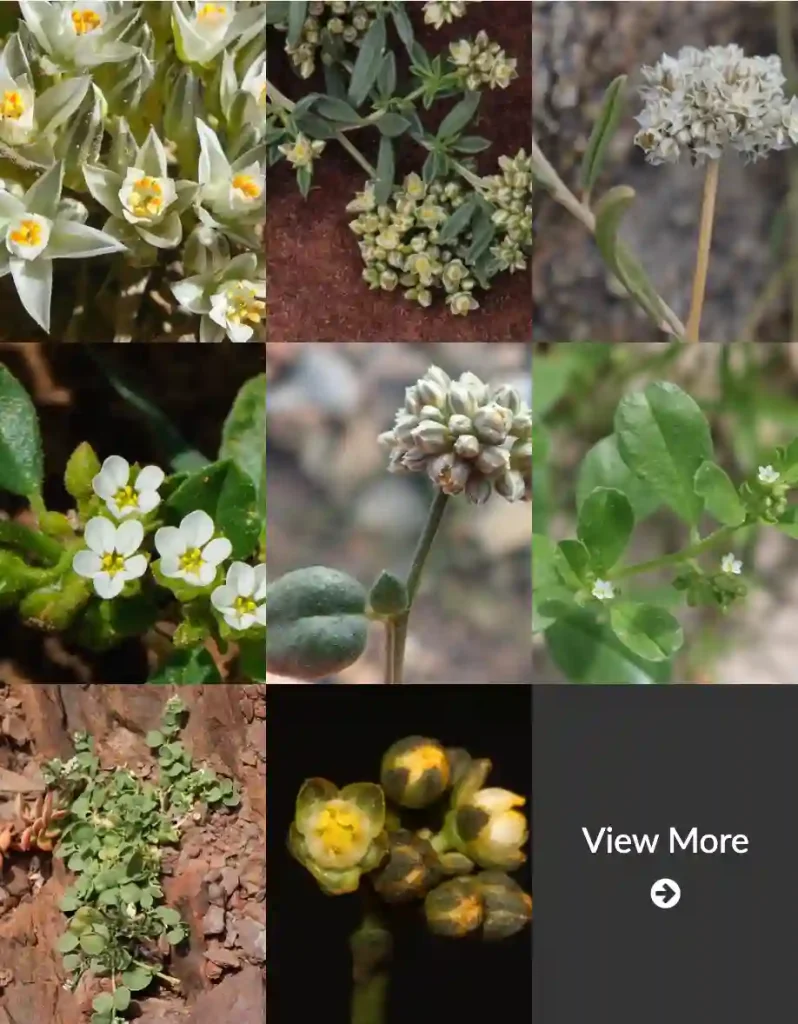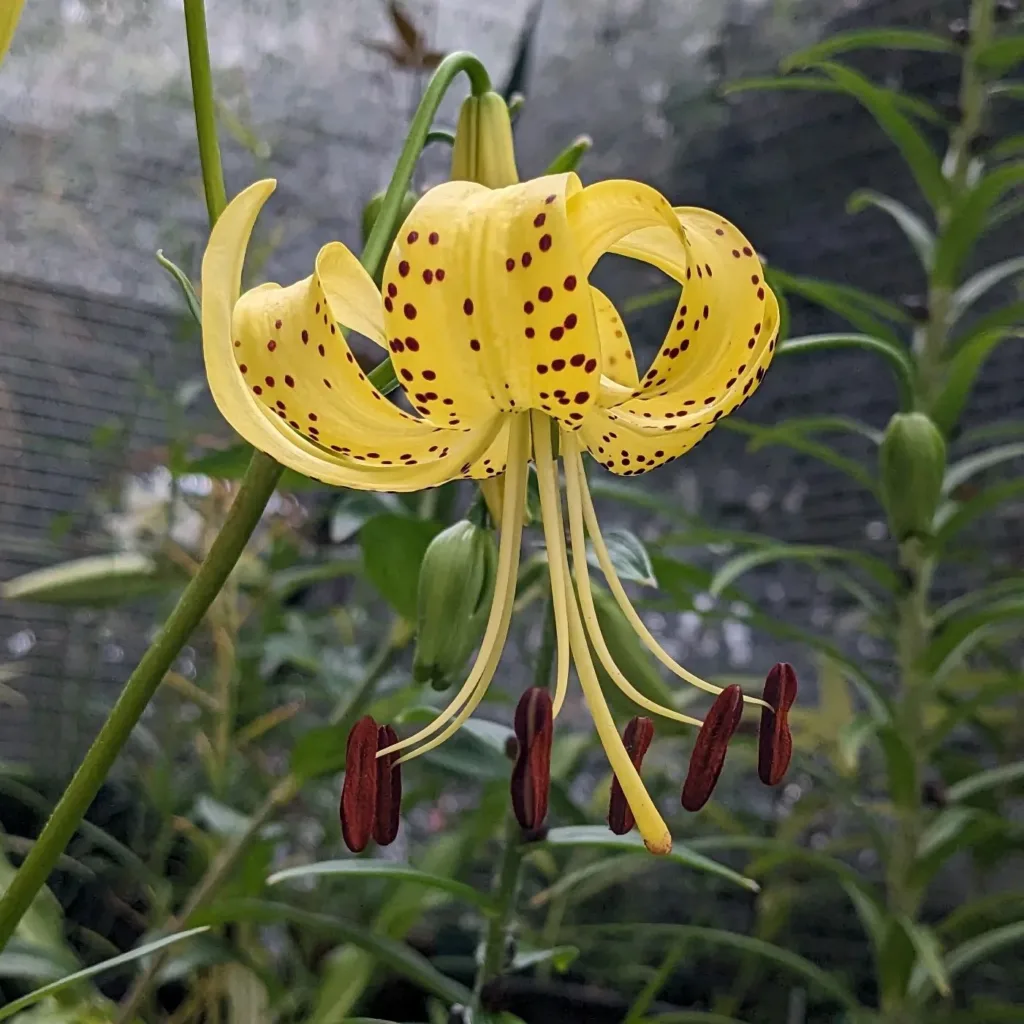
FAQs About Arctostaphylos Manzanita
As a plant enthusiast, I often get questions about Arctostaphylos Manzanita, commonly known as Manzanita. This stunning evergreen shrub is native to the western United States, and it’s famous for its beautiful bark, glossy leaves, and vibrant red or brown stems. Here, I’ll address some frequently asked questions about this remarkable plant.
78 Species in Genus Arctostaphylos
What Is Arctostaphylos Manzanita?
Arctostaphylos Manzanita is a member of the Ericaceae family, which includes heaths and blueberries. It typically grows between 3 to 10 feet tall, depending on the variety. The plant thrives in dry, rocky soils and is drought-resistant once established. Manzanita is characterized by its unique twisting branches and small, urn-shaped flowers that bloom in late winter or early spring. These flowers are not just pretty; they attract bees and other pollinators.
How to Care for Arctostaphylos Manzanita?
Caring for Manzanita involves understanding its needs. Here are some tips:
- Sunlight: Manzanita loves full sun. Aim for at least six hours of direct sunlight daily.
- Soil: It prefers well-draining, sandy, or rocky soils. If your soil retains too much moisture, consider amending it with sand or gravel.
- Watering: Once established, Manzanita is drought-tolerant. Water it deeply during dry spells but avoid overwatering, as it can lead to root rot.
- Pruning: Prune in late winter to maintain its shape and encourage new growth. Be careful not to over-prune, as it can reduce blooming.
How to Propagate Arctostaphylos Manzanita?
Propagating Manzanita is relatively easy and can be done through seeds or cuttings. If you want to propagate from cuttings, follow these steps:
- Select a Healthy Cutting: Look for healthy stems in late spring or early summer.
- Prepare the Cutting: Cut a 4- to 6-inch stem, remove lower leaves, and dip the cut end in rooting hormone.
- Plant the Cutting: Place it in a well-draining potting mix and water lightly.
- Maintain Humidity: Cover the pot with a plastic bag to maintain humidity, and place it in indirect light.
- Transplanting: Once roots develop, transplant it into a larger pot or your garden.
How to Make Arctostaphylos Manzanita Tea?
One fascinating aspect of Manzanita is its edible qualities. To make Arctostaphylos Manzanita tea, follow these steps:
- Harvest the Berries: Collect ripe Manzanita berries in late summer or early fall.
- Prepare the Berries: Rinse them and remove any stems or leaves.
- Boil Water: Bring water to a boil, then add the berries (about one cup per quart of water).
- Simmer: Let the mixture simmer for 15-20 minutes to extract the flavors.
- Strain and Serve: Strain the tea and enjoy! You can sweeten it with honey if desired.
What to Plant With Arctostaphylos Manzanita?
When planting alongside Manzanita, consider its native companions. Good options include:
- California Lilac (Ceanothus): This plant shares similar soil and sunlight preferences and attracts pollinators.
- Sage (Salvia): Drought-tolerant and aromatic, sage makes a beautiful pairing.
- Lavender (Lavandula): Both thrive in similar conditions and create a fragrant garden.
Can You Grow Arctostaphylos Manzanita Indoors?
While Arctostaphylos Manzanita can technically be grown indoors, it requires specific conditions to thrive. If you want to try it, ensure it gets enough sunlight and air circulation. A south-facing window would be ideal. However, because it prefers a drier climate, you may find it challenging to keep the soil appropriately dry indoors.
Is Arctostaphylos Manzanita Toxic?
Arctostaphylos Manzanita is generally considered non-toxic to humans and pets. However, as with any plant, it’s best to avoid consuming large quantities of the berries. Some people might experience mild stomach upset, so moderation is key.
What Are the Benefits of Arctostaphylos Manzanita?
Manzanita is not just beautiful; it offers several benefits:
- Wildlife Habitat: Its flowers attract bees, butterflies, and birds, supporting local ecosystems.
- Drought Resistance: This plant is excellent for xeriscaping, helping conserve water.
- Erosion Control: The extensive root system helps stabilize soil, making it a good choice for hillside gardens.
Common Problems with Arctostaphylos Manzanita
Like any plant, Manzanita can face some challenges:
- Root Rot: Overwatering is the most common issue. Ensure proper drainage to prevent this.
- Pests: Watch for aphids or spider mites, which can be controlled with insecticidal soap.
- Powdery Mildew: This can occur in humid conditions. Improve air circulation to mitigate the problem.
Comparing Arctostaphylos Manzanita to Similar Plants
When considering Manzanita, you might also look at other drought-resistant shrubs, like Ceanothus or Toyon. Both offer similar aesthetic and environmental benefits but vary in flower color and habitat preferences. Ceanothus often has blue flowers, while Toyon produces red berries, making them excellent companions in a native garden.
In conclusion, Arctostaphylos Manzanita is a versatile and beautiful addition to any garden. Whether you’re interested in its tea-making potential or its wildlife benefits, this plant is sure to enhance your outdoor space. If you have any more questions or personal experiences to share, feel free to reach out!
If i die, water my plants!



